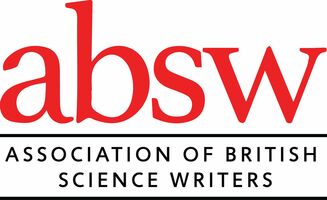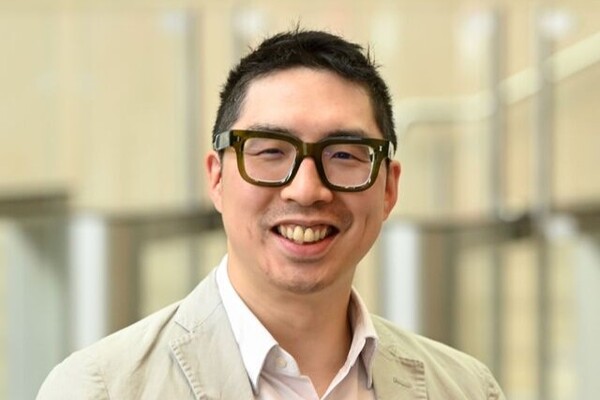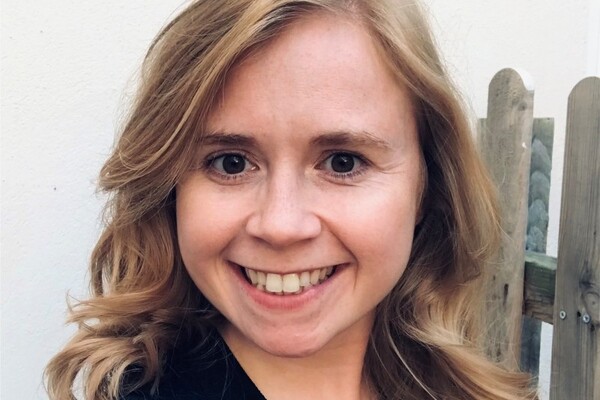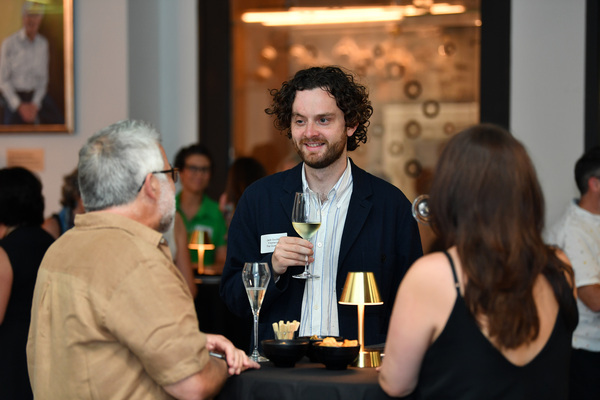“I always wanted to be a writer or journalist from a very young age, as I was really into the English language and literature. But the path I took to get there was more convoluted than expected,” says Mun-Keat Looi, the international features editor at The British Medical Journal (BMJ).
Armed with the three musketeers—Google Docs, spreadsheets and emails—Looi manages feature articles within an online-first publishing environment and a journalism team of 10 (at the time of the interview). He also oversees the production of the BMJ's weekly print journal, which is predominantly distributed to readers in the United Kingdom.
However, science journalism was not the first stop on Looi’s career journey. “Coming from an Asian background, your parents always want you to be a doctor or a lawyer, or an accountant,” he says after taking a sip from his cup. So, the obvious path for him was to apply to medical school. He did not get admitted to one, but he did manage to secure a place to study genetics at the University of Manchester. His course provided him with hands-on experience, including a year working closely with a pharmaceutical company in a lab setting. During that time, he realised that being a lab scientist was not his calling.
Luckily, his experience landed him his first job at an independent ethics council. His role required him to assist with reports that examined emerging ethical issues in science and technology, covering topics such as the genetic modification of crops, animal research, and clinical trials in developing countries. “Back in the nineties, there wasn't a strong sense of science communication as it is now. So, to stay in science, you’ve got to do a PhD, work in a lab, or you have to leave it and pursue some other profession,” he adds. However, his job at the ethics lab made him realise that science can be more than the lab.
Now a science journalist and editor, Looi kicks off his day at 9 am with a team huddle, during which they bounce around story ideas. The news editor then runs through the day's schedule and assigns tasks to the reporters. After the meeting, he spends his day switching between commissioning stories, writing, and skimming through dozens of unread emails and pitches from freelancers across the globe.
As an international features editor, Looi is responsible for maintaining a diverse selection of content. He monitors global events and carefully curates content to ensure the publication does not give the limelight to just one topic or region.
The BMJ is known for its serious and academic tone, but there is creative flair too. One column Looi enjoys writing is “Sixty Seconds"—a bite-sized read that breaks down science topics like genetics, food noise, and vampire facials with funny writing and punny subheadings. Inspired by similar features in UK newspapers that simplify complex topics, Looi enjoys crafting and editing these deliberately light-hearted pieces packed with cheeky humour.
While “Sixty Seconds on…” brings him joy, the same can't be said for the flood of pitches from journalists, PR agents and press offices that completely lack awareness of the publication's audience and focus. He often receives story suggestions about reality TV or space programmes, which clearly indicate that the sender has not engaged with the outlet’s content. You can “call this one of my pet peeves as an editor,” he adds.
As someone who wears multiple hats—writer, author, and journalism lecturer—Looi believes in the diversification of skills, especially early on in one’s career. Lately, the job market has been quite unstable, with the journalism industry in a constant state of flux. He encourages early career professionals to start experimenting with new skills, which could include audio editing, fact-checking, or navigating generative AI tools. Science communication has evolved dramatically over the past few decades, and it’s no longer just about the written word. With new job titles constantly emerging in the field, a versatile skill set can open doors to exciting career paths, he says.
With a young child at home, Looi understands that balancing multiple professional avenues at once is not always realistic for everyone. Some people are also very much content with a quieter life. “As I’ve progressed, I’ve had to adjust too. I can’t do everything the way I did in my twenties and thirties. But I’m the kind of person who enjoys the latest tech and keeping up with what’s going on. It’s really about what you can fit in, and it’s good to explore while you can,” he adds.
Editor: Amarachi Orie
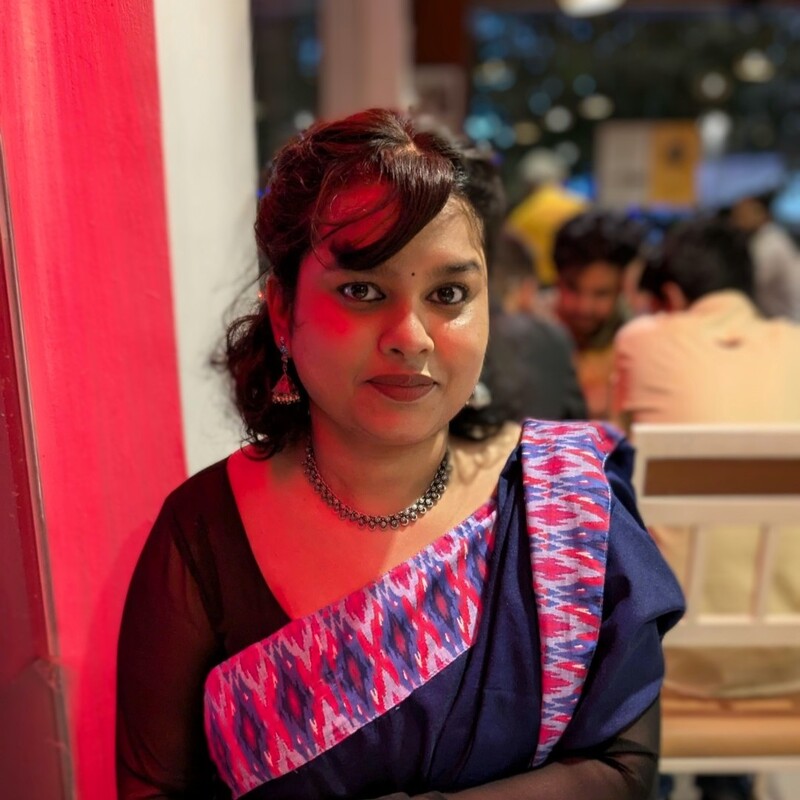
Sanjukta Mondal is a freelance science journalist and science communicator with a Master’s in Chemistry. She is on a mission to decode the complex world of science writing, one article at a time, powered by coffee and her curiosity for the extraordinary stories behind ordinary things. Her words have appeared on Nature India, Chemistry World, BioSpace, Phys.org, and The Hindu. When she's not crafting stories, you'll find her exploring new worlds through the lens of her camera and the words of a book.
The Early Career Science Writer Network (ECSWN) is a global community of science media professionals within the first five years of a journalism career. The network offers training and development opportunities for its members and provides an informal space to chat openly with peers at the same level.
The ‘A Day in the Life of’ (ADITLO) series is a collection of profile-type articles chronicling a day in the life of different media roles, written by members of the ECSWN. The scheme provides a valuable opportunity for new journalists to develop interviewing, writing and editing skills while creating a helpful resource which gives those joining the industry an insight into the everyday reality of different science journalism roles.
'A Day in the Life of Jack Rudd, Editorial Director at Technology Networks'. By Heather Turnbull
